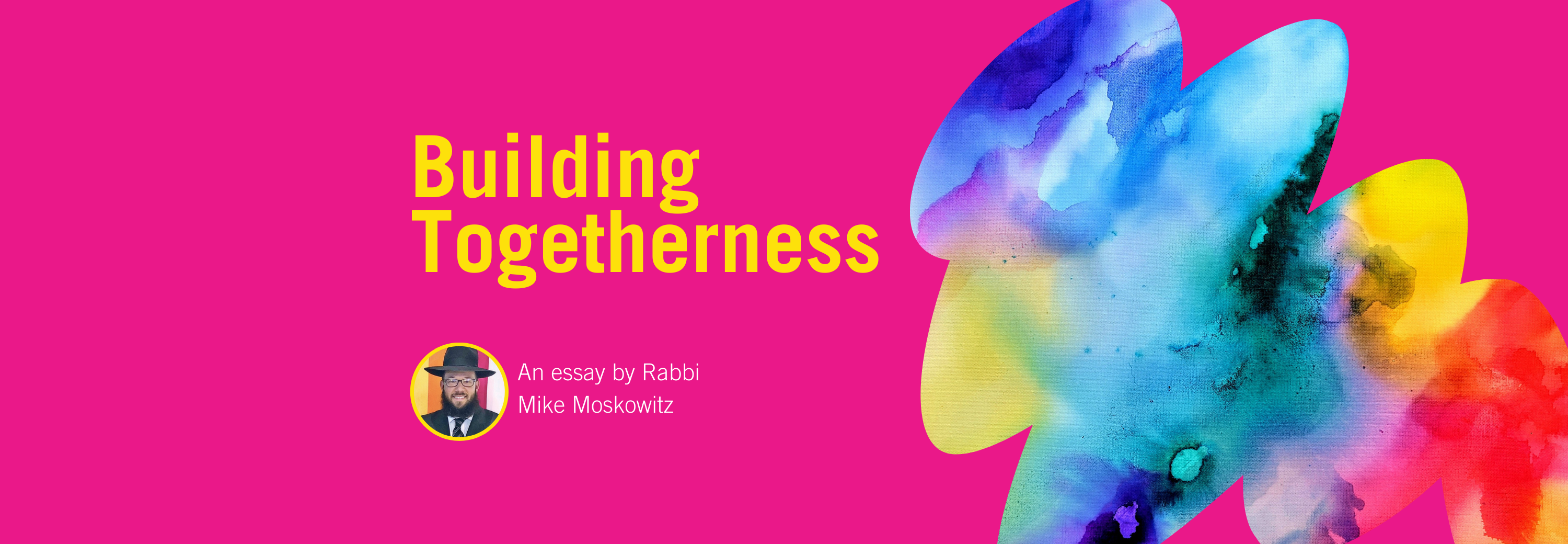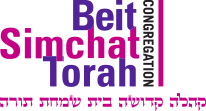
Building Togetherness
וּלְהוֹרֹ֖ת נָתַ֣ן בְּלִבּ֑וֹ ה֕וּא וְאׇֽהֳלִיאָ֥ב בֶּן־אֲחִיסָמָ֖ךְ לְמַטֵּה־דָֽן׃
He gave him the ability to teach him and Oholiab son of Ahisamach, of the tribe of Dan.
Inequality is the unit of measurement for distance from the Divine. The further we are from God, the more significance we place on our superficial differences. As we approach Holiness itself, there are no distinctions – just the Oneness.1
Just as moving away from Godliness creates hierarchies in human society, when we demolish structures of perceived superiority we clear the way to construct elevating institutions in their place. Among the many building supplies that are mentioned in the Torah for the assembling of the Mishkan, none are more important than the “heart-centered” donations. It was necessary to attain this permit of interpersonal care before the project began, and when the love runs out, so does the capacity of sacred spaces to be occupied.
This was experienced during the Purim story, which takes place during the exile after the first Temple was destroyed. The Second Temple was sourced from the material love that was shared2 with each other during the times of Esther and Mordechai. Because the Temple’s foundation was never built to support blatant hatred, it crumbled under the weight of its unholy presence.
The day after Moses brought down the second set of Tablets, Moses gathered the Israelites to provide instructions about the construction to house them. Though it was the day after Yom Kippur,3 Moses knew that he had to harness the momentum of unity – otherwise divisiveness would emerge and make it impossible to build the Mishkan.4
God appoints Bezalel, from the tribe of Judah, to be the chief architect on the project.5 He partners with, and apprentices, Oholiab – son of Ahisamach from the tribe of Dan. Rashi explains that the verse equates the two ends of the socially constructed spectrum of privilege6 to reflect the Divine model of creation: “כִּֽי־מַעֲשֵׂ֖ה יָדָ֣יו כֻּלָּֽם – because all [people] are the handiwork of God.”7
The only other time the word “וּלְהוֹרֹ֖ת – to instruct” appears in the Torah8 is in the broader context of teaching the “Children of Israel all of the laws.”9 Tradition teaches that each of these two verses informs the other, rendering the lesson of “וּלְהוֹרֹ֖ת נָתַ֣ן בְּלִבּ֑וֹ” to remind us that only directions that come from the heart are worthy to deliver.10
In the mystical tradition,11 Oholiab’s name alludes to the hope that we can mend our relationship with God, after the sin of the Golden Calf. In Hebrew, “אׇֽהֳלִיאָ֥ב” son of “אֲחִיסָמָ֖ךְ” from the tribe of Dan “לְמַטֵּה־דָֽן,” can be parsed to mean “a tent of meeting for our Father in Heaven (אׇֽהֳלִי – אָ֥ב) supporting our siblings (אֲחִי-סָמָ֖ךְ) to reduce judgment (לְמַטֵּה־דָֽן).
The design of God’s earthly abode is inspired by the dimensions of our hearts. In over a dozen places in this week’s Torah portion we find the Hebrew word for “heart – lev” modifying the offerings of various commodities; “נְדִ֣יב לִבֹּ֔ו – gifts of the heart,” “חֲכַם־לֵ֖ב – talents of the heart,” and “נְשָׂאֹ֣ו לִבֹּ֑ו – spirt of the heart.”
King David attributes “depth”12 and “width”13 to this vital organ. It is perhaps not coincidental that “עמק – depth” and “רחב – width” both have a numerical value of 210, as planes of attachment – “חבר.”14
Building a world that is fitting to house the Divine presence means not only accommodating all of God’s creations but providing a peaceful coexistence. The Talmud15 advises us that “כׇּל שֶׁיּוֹדֵעַ בַּחֲבֵרוֹ שֶׁהוּא רָגִיל לִיתֵּן לוֹ שָׁלוֹם, יַקְדִּים לוֹ שָׁלוֹם – Anyone that knows that another person is accustomed to offer a greeting of peace, greet them with peace first.” Rav Huna extends his guidance to include being considered a thief if we don’t respond to the peaceful greeting of another. This harsh warning only feels appropriate if we understand peace as a natural resource that belongs to society.
The foundation of effective leadership is a sense of extreme care for how our actions affect the world. “Instruction,” in Hebrew, shares its root with the word for “pregnant – הרה,” also equalling 210, and echoes the final homiletic teaching of Tractate Berachot:16 “אַל תִּקְרֵי ״בָּנָיִךְ״ אֶלָּא ״בּוֹנָיִךְ״ – don’t read it [only as] “your children,” but rather [also as] “your builders.” Only a house designed from love is a worthy habitat for holiness.
1 See Tiv HaTorah page 676.
2 Esther 9:22.
3 Rashi on Exodus 35:1.
4 See Kli Yakar 35:1.
5 Exodus 35:30.
6 “Dan, of one of the lowest of the tribes, of the sons of the handmaids, and yet the Omnipresent placed him with regard to the work of the Tabernacle on a level with Bezalel although he was a member of one of the noble tribes.”
7 Job 34:19.
8 See Baal HaTurim.
9 Leviticus 10:11.
10 See Madani Melech for an alternative interpretation.
11 Eitz Hadas Tov page 116.
12 Psalms 64:7.
13 Psalms 119:32.
14 See introduction for an expanded explanation.
15 Berachot 6b.
16 Berachot 64a.
